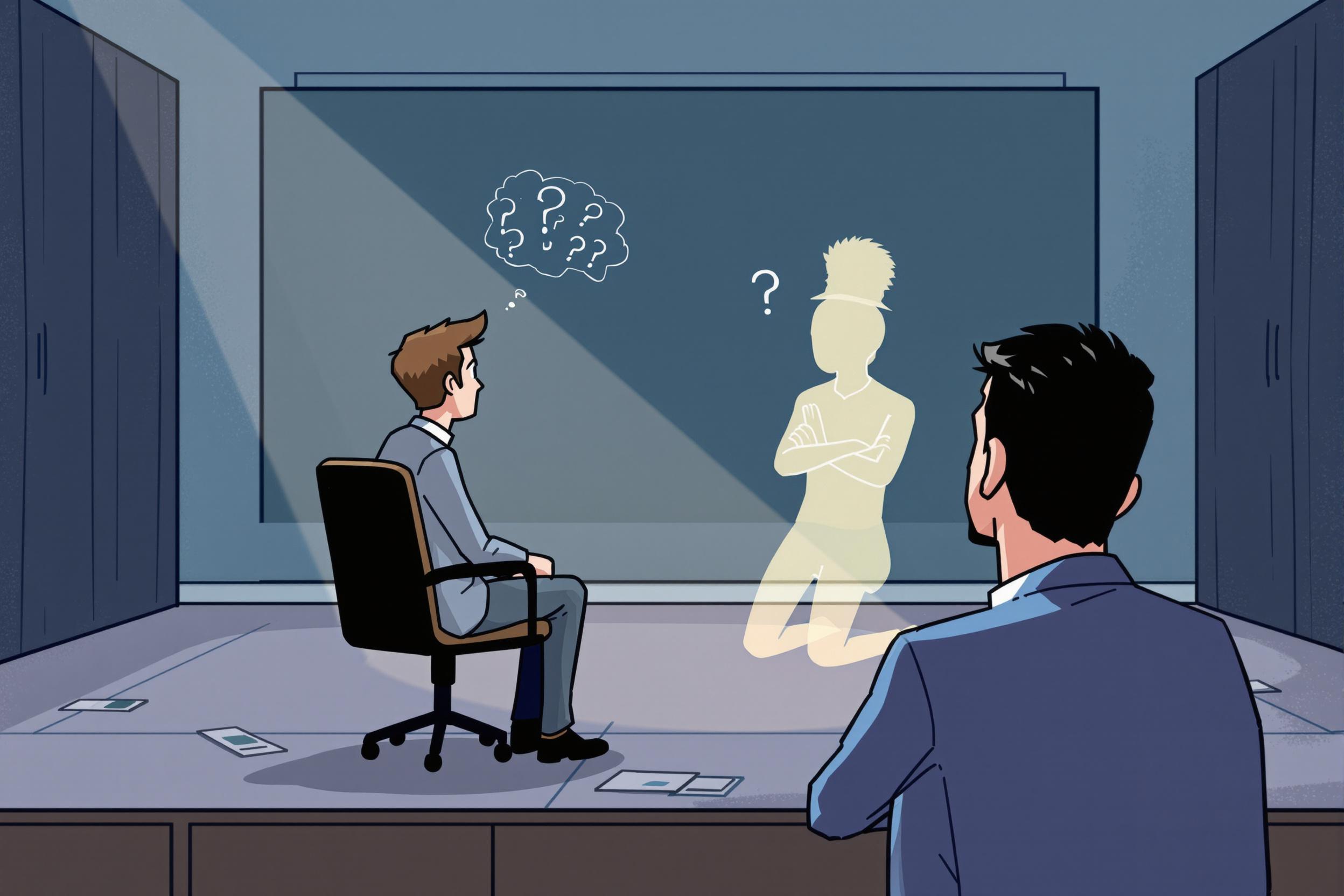
Gingival Recession
Gingival recession is a common dental condition where the gums pull back from the teeth, exposing more of the tooth or its root. In dental job descriptions, this term appears when discussing preventive care, periodontal treatments, and patient education. Dental professionals often need to identify, treat, or prevent this condition as part of their regular duties. It's sometimes called "receding gums" in simpler terms, and managing this condition is an important skill for dental hygienists and dentists.
Examples in Resumes
Provided patient education and treatment for Gingival Recession and Receding Gums
Performed detailed assessments and documentation of Gingival Recession cases
Developed treatment plans for patients with Receding Gums and Gingival Recession
Typical job title: "Dental Professionals"
Also try searching for:
Where to Find Dental Professionals
Professional Organizations
Job Boards
Professional Networks
Example Interview Questions
Senior Level Questions
Q: How do you approach complex cases of gingival recession in patients with multiple health conditions?
Expected Answer: A senior professional should discuss comprehensive assessment approaches, treatment planning considering medical history, and coordination with other healthcare providers when necessary.
Q: How do you train junior staff in identifying and documenting gingival recession?
Expected Answer: Should demonstrate leadership skills by explaining their teaching methods, quality control processes, and how they ensure consistent documentation standards across the team.
Mid Level Questions
Q: What preventive measures do you recommend for patients at risk of gingival recession?
Expected Answer: Should discuss patient education, proper brushing techniques, regular check-ups, and early intervention strategies.
Q: How do you document and track gingival recession progress over time?
Expected Answer: Should explain their methods for measuring, recording, and monitoring changes in gum health, including use of charts and imaging.
Junior Level Questions
Q: What are the basic signs of gingival recession?
Expected Answer: Should be able to describe visible signs like exposed tooth roots, longer-looking teeth, and increased sensitivity that indicate gum recession.
Q: How do you explain gingival recession to patients?
Expected Answer: Should demonstrate ability to communicate the condition in simple terms and explain basic prevention methods to patients.
Experience Level Indicators
Junior (0-2 years)
- Basic identification of gum conditions
- Patient education on oral hygiene
- Documentation of gum measurements
- Preventive care procedures
Mid (2-5 years)
- Treatment planning for gum conditions
- Advanced cleaning techniques
- Patient case management
- Detailed assessment and documentation
Senior (5+ years)
- Complex case management
- Staff training and supervision
- Advanced treatment procedures
- Treatment protocol development
Red Flags to Watch For
- Unable to identify basic signs of gum recession
- Poor understanding of preventive care
- Lack of experience with patient documentation
- No knowledge of current treatment protocols
Related Terms
Need more hiring wisdom? Check these out...

Ghosted Again? How to Stop Candidates from Disappearing and Start Engaging Them Better

From Farewells to Future Allies: Transforming Exit Interviews into Lifelong Connections

Ghostbusting in Recruitment: How to Keep Candidates Engaged

